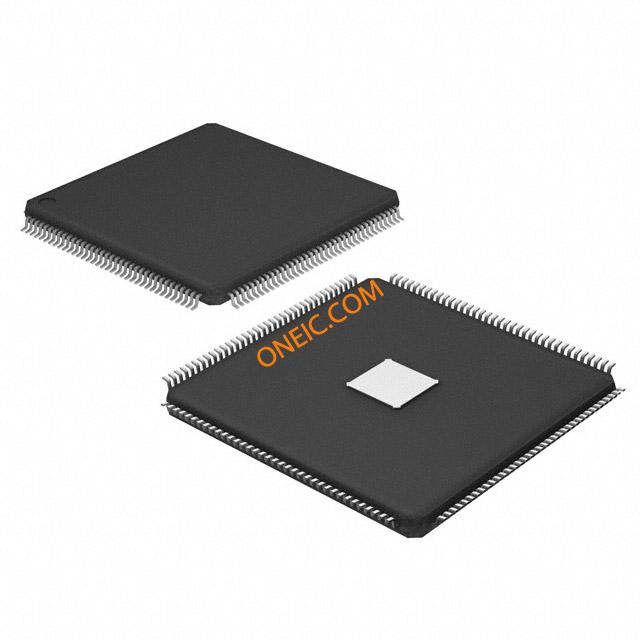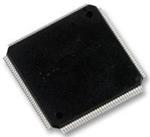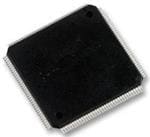EP3C5E144I7
Cyclone III family FPGAs with 144 pins and 437.5MHz speed
Manufacturer: altera
series introduction
# Introduction to the EP3C5E144I7 Product Series
## 1. Overview
The EP3C5E144I7 belongs to the Cyclone III family of Field - Programmable Gate Arrays (FPGAs) developed by Altera (now Intel). FPGAs are semiconductor devices that can be programmed and reprogrammed by the user after manufacturing, offering a high degree of flexibility for a wide range of applications. The EP3C5E144I7 is specifically designed to provide a cost - effective and efficient solution for various digital logic design requirements.
## 2. Key Features
### 2.1 Logic Capacity
- The "5" in the EP3C5E144I7 indicates its approximate logic element (LE) count. This device has around 5,000 logic elements. Logic elements are the basic building blocks of an FPGA, used to implement combinational and sequential logic functions. With this number of LEs, it can handle moderately complex digital designs, such as small - scale control systems, simple signal processing algorithms, and basic communication protocols.
### 2.2 Package Type
- The "144" represents the number of pins in the package. The device comes in a 144 - pin package, which provides a good balance between the number of input/output (I/O) connections and the physical size of the chip. This package type is suitable for applications where a moderate number of external connections are required, such as interfacing with sensors, actuators, and other peripheral devices.
### 2.3 Speed Grade
- The "I7" indicates the speed grade of the device. A higher speed grade generally means that the FPGA can operate at higher clock frequencies, which is crucial for applications that require high - speed data processing or real - time operation. The I7 speed grade allows the EP3C5E144I7 to handle relatively fast - paced digital signals, enabling it to be used in applications like high - speed data acquisition systems and certain types of communication interfaces.
### 2.4 Embedded Memory
- The EP3C5E144I7 is equipped with embedded memory blocks. These memory blocks can be used to store data temporarily during the operation of the FPGA. For example, in a digital signal processing application, the memory can be used to buffer incoming data, perform intermediate calculations, and store the results. The embedded memory helps in improving the overall performance and efficiency of the system by reducing the need for external memory components in some cases.
### 2.5 Power Efficiency
- One of the significant advantages of the Cyclone III family, including the EP3C5E144I7, is its relatively low power consumption. This makes it suitable for battery - powered devices or applications where power efficiency is a critical concern. The low - power design also helps in reducing heat dissipation, which can improve the reliability and longevity of the device.
## 3. Applications
### 3.1 Industrial Automation
- In industrial automation systems, the EP3C5E144I7 can be used to implement control logic for various processes. It can interface with sensors to monitor process variables such as temperature, pressure, and flow rate, and then control actuators like motors and valves based on the monitored data. For example, in a conveyor belt system, the FPGA can be programmed to control the speed and direction of the belt according to the amount of material being transported.
### 3.2 Consumer Electronics
- In consumer electronics, the EP3C5E144I7 can be used in devices such as smart home appliances. It can handle tasks like user interface control, sensor data processing, and communication with other devices in the home network. For instance, in a smart thermostat, the FPGA
Images for reference

DS-144EQFP-1_2

Image Preview

Image Preview